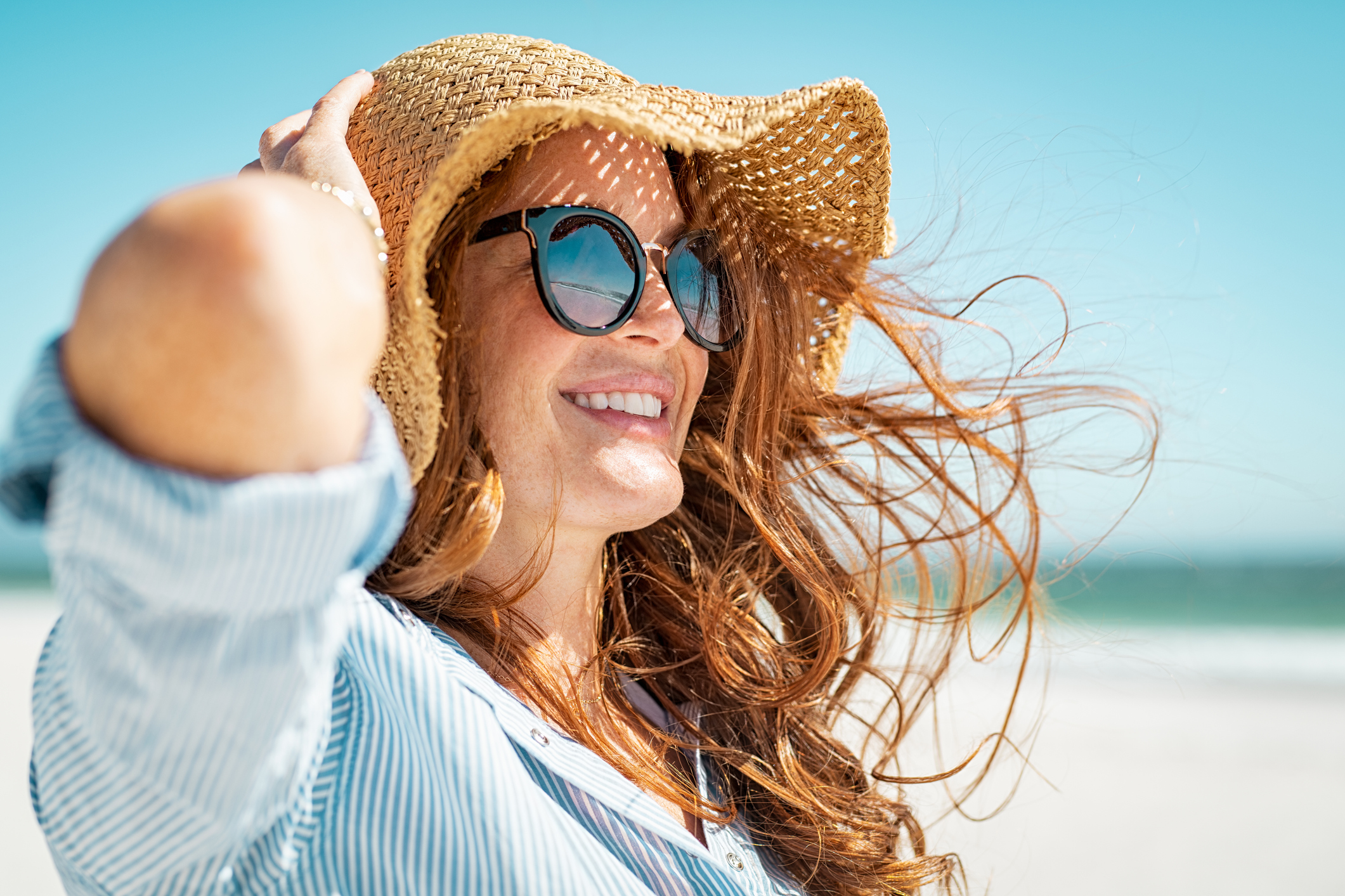Author: Lindsey Ulrich

"Sun exposure increases your risk of skin cancer, but you can protect your skin by using protective hats and clothing, and wearing sunscreen to minimize your risk."
Summer may be winding down but protecting your skin and eyes from the sun should continue all year whether the sun is out or not. UV rays can reach you on cloudy and cool days, and they reflect off surfaces like water, cement, sand, and snow. In the continental United States, UV rays tend to be strongest between 10 a.m. and 4 p.m. The UV Index forecasts the strength of UV rays each day. If the UV index is 3 or higher in your area, it is especially important to protect yourself from too much sun exposure.
“Sun exposure increases your risk for skin cancer, but you can protect your skin by using protective hats and clothing, and wearing sunscreen to minimize your risk,” said Daniel Dubay, MD, clinical director at McLaren Greater Lansing Multi Specialty Clinic. “Using sunblock with a SPF of 50 means it will take you 50 times longer to burn, but people need to remember that sunscreen slowly wears away from activity and should be reapplied every couple of hours.”
The sun contains UVA and UVB rays. UVB burns and causes skin cancer, such as melanoma. UVA penetrates more deeply into the skin but has lower energy (these rays are used in tanning booths).
Risk factors of melanoma include outdoor and indoor tanning, having a family history of skin cancer, having fair skin and a Northern European heritage, and the presence of less atmospheric ozone, which results in a higher level of UV light reaching the earth’s surface.
“Even with skin protection we are all at some risk of skin cancer,” said Dr. Dubay. “Everyone should perform frequent self-exams of their skin and look for any changes such as shape or color. If you see a new or suspicious mole on your skin, show it to your provider.”
Often the first sign of melanoma is a change in the shape, color, size, or feel of an existing mole. However, melanoma may also appear as a new mole. The only way to diagnose melanoma is to remove tissue and check it for cancer cells.
“Considering the ABCDEs of melanoma is a good way to help you remember what to look for when assessing whether or not a mole is possibly at risk,” said Dr. Dubay. “These letters stand for Asymmetry (one half looks different from the other), Borders that are irregular, a Color that is uneven, Diameter increasing (greater than ¼ inch), and Evolving over time.”
Melanomas can vary greatly in how they look. Many show all of the ABCDE features. However, some may show changes or abnormal areas in only one or two of the ABCDE features. In more advanced melanoma, the texture of the mole may change. The skin on the surface may break down and look scraped. It may become hard or lumpy. The surface may ooze or bleed. Sometimes the melanoma is itchy, tender, or painful.
Along with skin, the eyes need protection from the sun, , to help reduce the risk of cataracts and possibly eye melanoma. The American Cancer Society recommends wearing UV-protected sunglasses when outside in strong sunlight. Wrap-around sunglasses with 99% to 100% UVA and UVB absorption provide the best protection for the eyes and the surrounding skin. The link between sunlight and eye melanomas is not yet proven, but sunglasses may reduce eye melanoma risk.
Talk to your doctor if you have a family history of skin cancer or if you see any changes in your skin. For a list of primary care providers accepting new patients, click here.
To read more articles on health and wellness, click here.